Category: News and Politics
-
Some Brief Thoughts On Columbus Day
To me Columbus Day is always really Thanksgiving given where I grew up. The harvest there was quite a bit earlier than in the states. By making it Thanksgiving rather than Columbus Day, Canada largely avoids all the political debate that rages in the United States. As I’ve read the stories about vandalism of Columbus…
-
Call for Applicants: The Fifth Annual Summer Seminar on Mormon Theology
“Are We Not All Beggars? Reading Mosiah 4” Cittadella Ospitalità, Assisi, Italy June 17–June 30, 2018 Sponsored by the Mormon Theology Seminar in partnership with The Laura F. Willes Center for Book of Mormon Studies, The Neal A. Maxwell Institute for Religious Scholarship, and the Wheatley Institution In the summer of 2018, the Mormon Theology Seminar,…
-
Different Hardnesses to the Truth – Reading Nephi – 16:1-6
My typical reaction in reading this vision (or, as more often is the case, segments of the vision) and Nephi’s sermonizing and exhortations is to rejoice. This confrontation Nephi has with Laman (et al) pulls me up short, though.
-
Housework, resentment, and power, in a different light
For a period of my marriage I harbored resentment toward my husband, unfailingly gentle and hard-working, over questions of housework. It was all utterly typical. I felt my work was unappreciated and invisible to him. I felt I was left with more than my share of the work generated by the kids and the household.…
-
The Filthy Waters of Life – Reading Nephi – 15:21-36 part II
Three more quick points: first, the tree is no longer merely metaphorically or symbolically, but now explicitly made to be the Tree of Life.
-
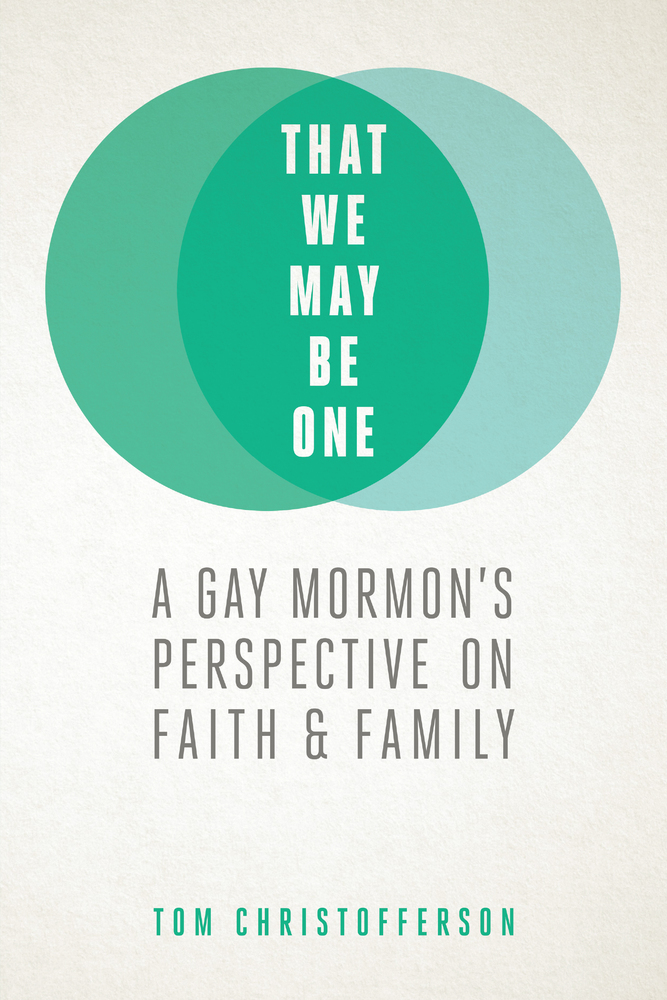
Book Review: That We May Be One: A Gay Mormon’s Perspective On Faith and Family
When I was in college, in the early 90s, a friend commented that she wished that gays were better treated in church. Another friend asked what that might look like. She responded that she hoped we’d come to a point where someone could say to a ward member, “Please stop trying to set me up…
-
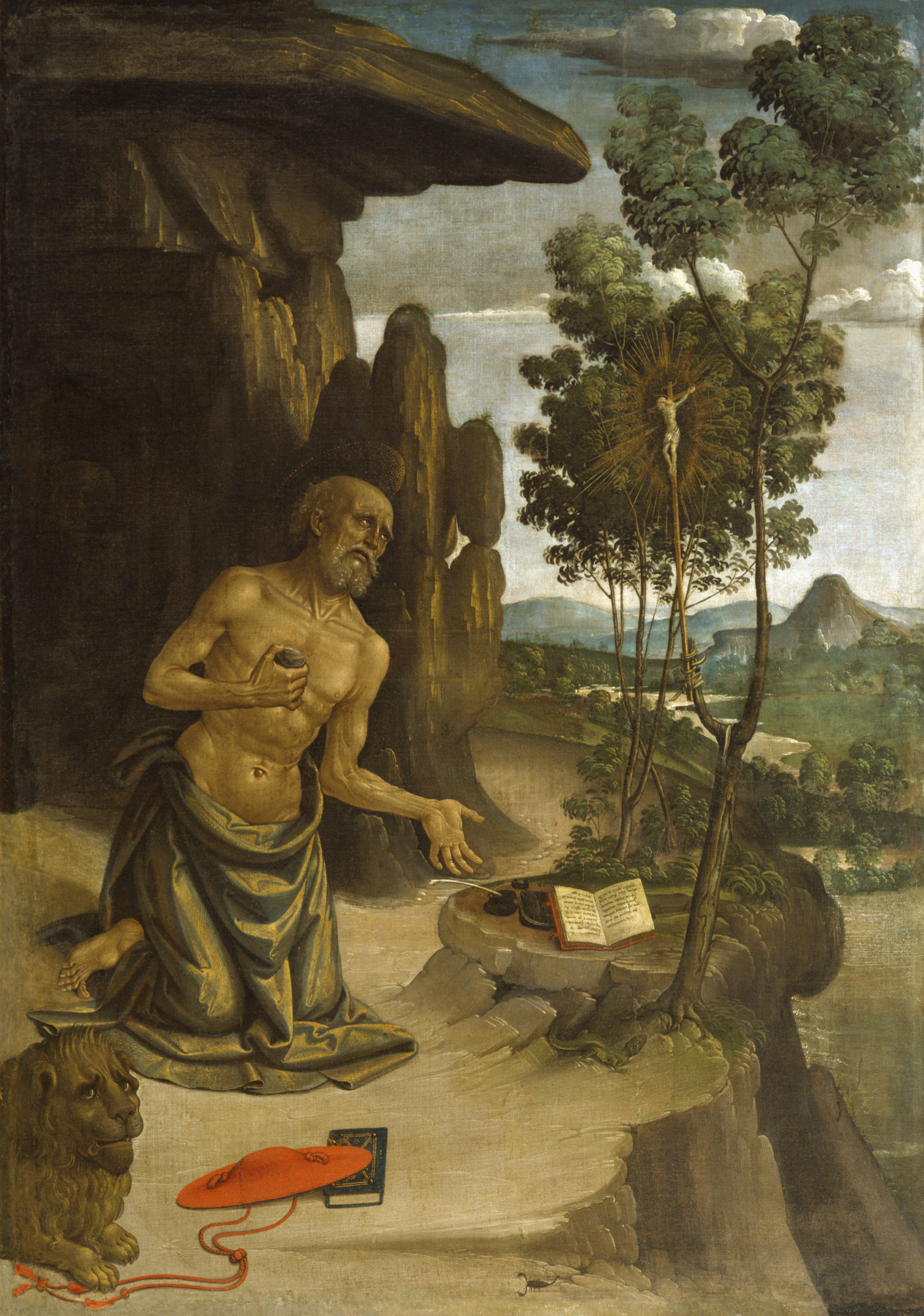
Early Christian Intellectuals Were Bored At Church Too
So last week I read The Swerve: How the World Became Modern. It was definitely an interesting book, and one tangent stuck out to me in particular. Here’s author Stephen Greenblatt describing Saint Jerome’s travails with setting aside his addiction to pagan art to try and focus on scripture: But a prestigious cultural tradition that…
-

Follow the Prophet to Jesus: A Sharing Time or Family Home Evening Lesson Plan
This summer, I spent memorable hours in conversation with friends about our discourse of prophets and prophecy in the Church. So many of us have witnessed disillusionment and anguish when friends lose trust in church leadership. Often, a covert message of prophetic infallibility has been conveyed in childhood church experiences, a belief that inevitably crumbles…
-
Nephi as King and Nephi as Brother – Reading Nephi – 15:21-36 part I
I … see two differenet Nephi’s in this passage, and I’m not sure which is more accurate.
-
A New (and Everlasting) Covenant – Reading Nephi – 15:12-20
I suspect that his brothers’ lack of understanding had less to do with their inability to grasp our simplistic Sunday School summary of the allegory of the olive tree, and much more to do with how culturally and theologically “other” this picture was compared to their own understanding.
-

Theorizing the Restoration in the Sixteenth Century
I’ve written before about Sebastian Franck, a spiritualist who charted his own path through the religious turmoil of the Reformation era. As I was recently reading Franck’s letter to the Anabaptist theologian Johann Campanus, I was struck by how familiar Franck’s discussion of apostasy, authority, and restoration sounded.
-
Shining Light vs. Secret Charity
There’s been a lot of stories about Church activity in Houston and other places where members have stepped up to help people in the hurricane. You’ve probably seen a lot of stories. I’ve even linked to a lot myself. I’ll admit I’ve always been a bit uncomfortable with these stories though. There’s something a bit…
-
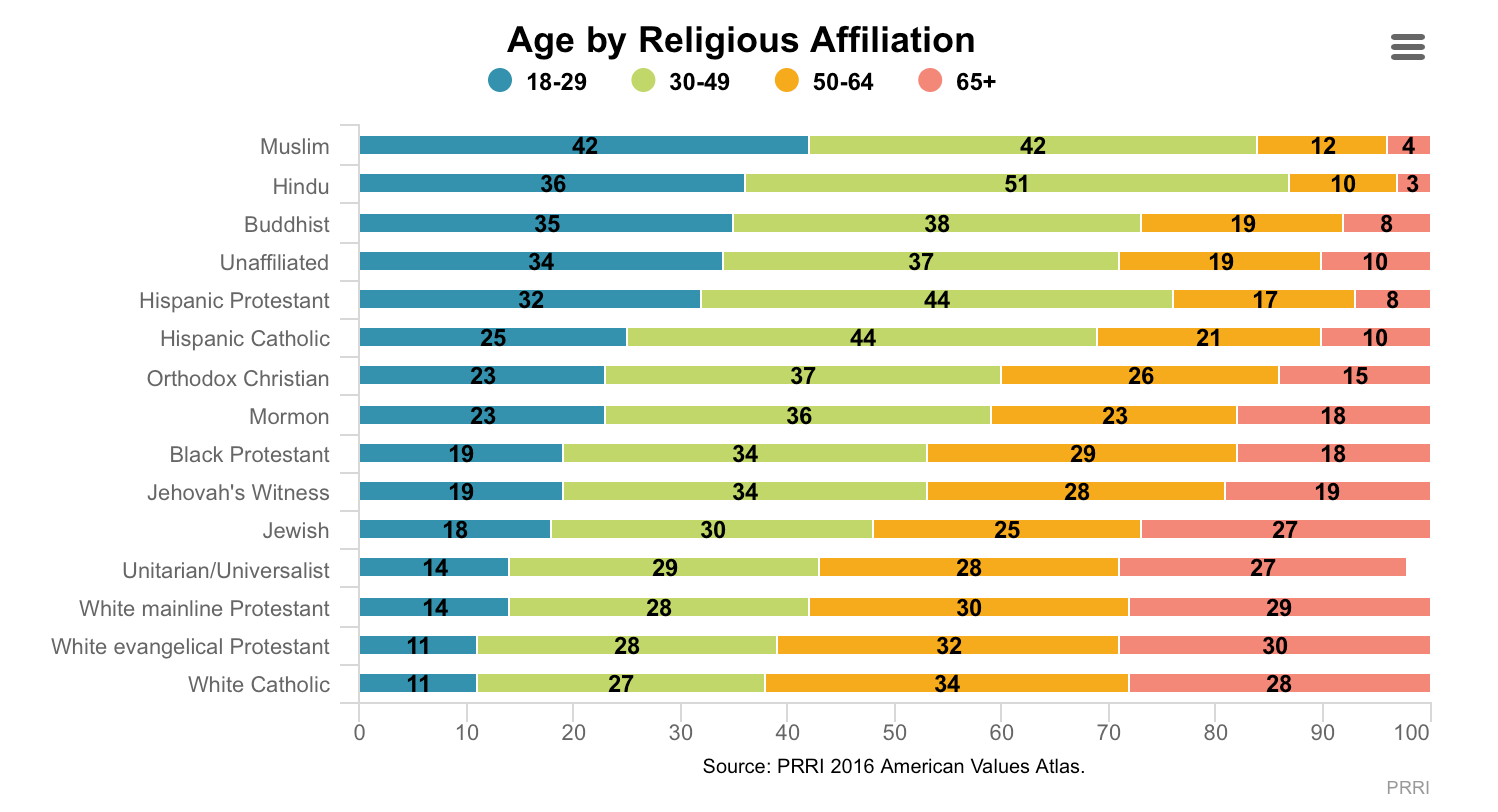
PRRI Poll Numbers on Mormons
I love religion polls and surveys. I think they tell us a lot about what has been a rather transformative period in American religion the past 20 years. While I’m still eagerly awaiting the next ARIS survey, PRRI came out with a new religious study to wet our appetite. There actually were a lot of…
-
Revelation’s Demand for More Revelation – Reading Nephi – 15:1-11 part I
More contrasts between Nephi and his brothers—although this passage strikes me as less political…and more intimate and personal.
-
The Hermeneutic of Revelation: There is Always More – Reading Nephi – 14:18-30
The end of the narrative of Nephi’s grand vision is to point beyond the vision and beyond Nephi.
-
Primary Sharing Time Lesson: All Are Alike unto God
This month’s Primary Sharing Time outline provides two weeks to cover the topic of the Sabbath. Because our presidency covered the topic well last week, I’ve created an alternate Sharing Time lesson plan. Given recent events in the US, I focused the lesson on respect for human difference and universal equality. The lesson draws on…
-
Future Mormon: Chapter 4
Welcome to the fourth week of the reading club for Adam Miller’s Future Mormon. For general links related to the book along with links for all the chapter discussions please go to our overview page. We’ll be trying to discuss a chapter each week. Please don’t hesitate to give your thoughts on the chapter. We’re hoping for…
-
Binaries of the Lamb and the Devil – Reading Nephi – 14:8-17 part II
I feel somewhat affronted by the angel’s adamant declaration and insistence on the binary nature of humanity.
-
The Evidential Problem of Evil
The problem of evil is a long standing issue in philosophy and theology. More or less it’s the recognition that there is something wrong if God is all loving and all powerful yet we experience all the evils of mortality. Why doesn’t God do something? I think that Mormons are ultimately in a better position…
-
Thoughts on Vulnerability (in the wake of Charlottesville)
I once had a client who was a white supremacist.* The thing about being a therapist is, you quickly learn that everyone’s got a story. In this case, there was a history of domestic abuse, a parent with extreme racist ideologies, underlying severe depression and anxiety, and experiences of rejection by loved ones (which hurt…
-
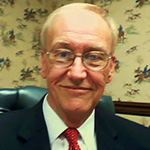
Guest Post: Justifying Visions
Mark Bukowski got degrees in philosophy and psychology at UCLA, studying with the noted scholar of German idealism Robert Solomon and Angela Davis, a student of Marcuse. While an undergraduate he became a bit of a student radical, marxist and atheist. In graduate school he studied William James and John Dewey under Jon McDermott and…
-
Practical Apologetics: The Doubting Elder
Time for another installment in this occasional series. As reported in the Deseret News, Elder Christofferson delivered a presentation to new mission presidents at the Provo MTC in June. He first discussed the use of the Book of Mormon as a proselyting tool: “[H]ow will your missionaries get people to read the Book of Mormon,…
-
Did Nephi Know of the Return from Exile?
I was rereading some of Nephi’s sermons tied to his incipient Christianity. It struck me that it’s not clear Nephi knows about the 2cd temple period and restoration from Babylon. Now I’m still not 100% sure of this. So I appreciate any feedback. Nephi gets some fragmentary prophecies of the future but most are tried…
-
Guest Post: Seminary Assessments and Americacentrism
James Holt lives in Manchester, UK and is Senior Lecturer in Religious Education* at the University of Chester. This involves training teachers to teach Religious Education in schools, as well as aspects of education for teachers training to teach in a secondary (11-18) school. James is also Chair of Examiners for GCSE Religious Studies for…
-
The (In)Consistencies of Church Employment
In 2012 a BYU religion professor named Randy Bott created a firestorm when he made fairly racist comments justifying the priesthood ban to blacks in an interview with the Washington Post. Many called for Bott’s firing. Shortly thereafter Bott took retirement from BYU. Sadly the comments weren’t that surprising and most of us have known…
-
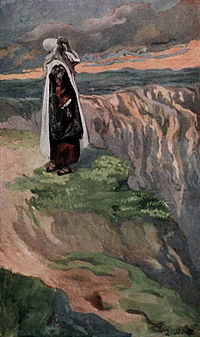
Future Mormon: Chapter 3
Welcome to the third week of the reading club for Adam Miller’s Future Mormon. For general links related to the book along with links for all the chapter discussions please go to our overview page. We’ll be trying to discuss a chapter each week. Please don’t hesitate to give your thoughts on the chapter. We’re…
-
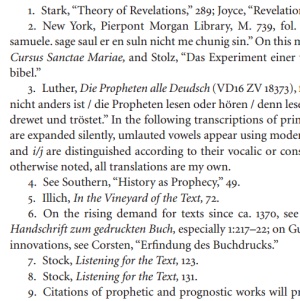
Bad footnotes can be spiritually deadly
Over at Slate, Daniel Engber had an interesting and instructive article a while back entitled “Bad Footnotes Can Be Deadly” on how the current opioid crisis has been aggravated by the misunderstanding of a letter to the editor of a medical journal and its misquotation over decades in the medical literature, with the error propagated…
-

Personalizing Freedom of Religion or Belief
We tend to defer the responsibility of Religious Freedom to the State. But to what extent is it an individual matter as well? In this post I will guide us through some of the issues, and hope for a healthy discussion on what we can do to enhance Freedom of Religion. Is Freedom of Religion…
-

Welcome to guest blogger Hans Noot
We’re happy to welcome another “international” blogger, Hans Noot from the Netherlands. During the past 36 years Johannus D. T. (Hans) Noot coordinated Religious Education in Belgium and the Netherlands for the Church of Jesus Christ of Latter-day Saints. He also supervised this work in Ireland, Poland, the Czech Republic, the Balkans and Italy. He…
